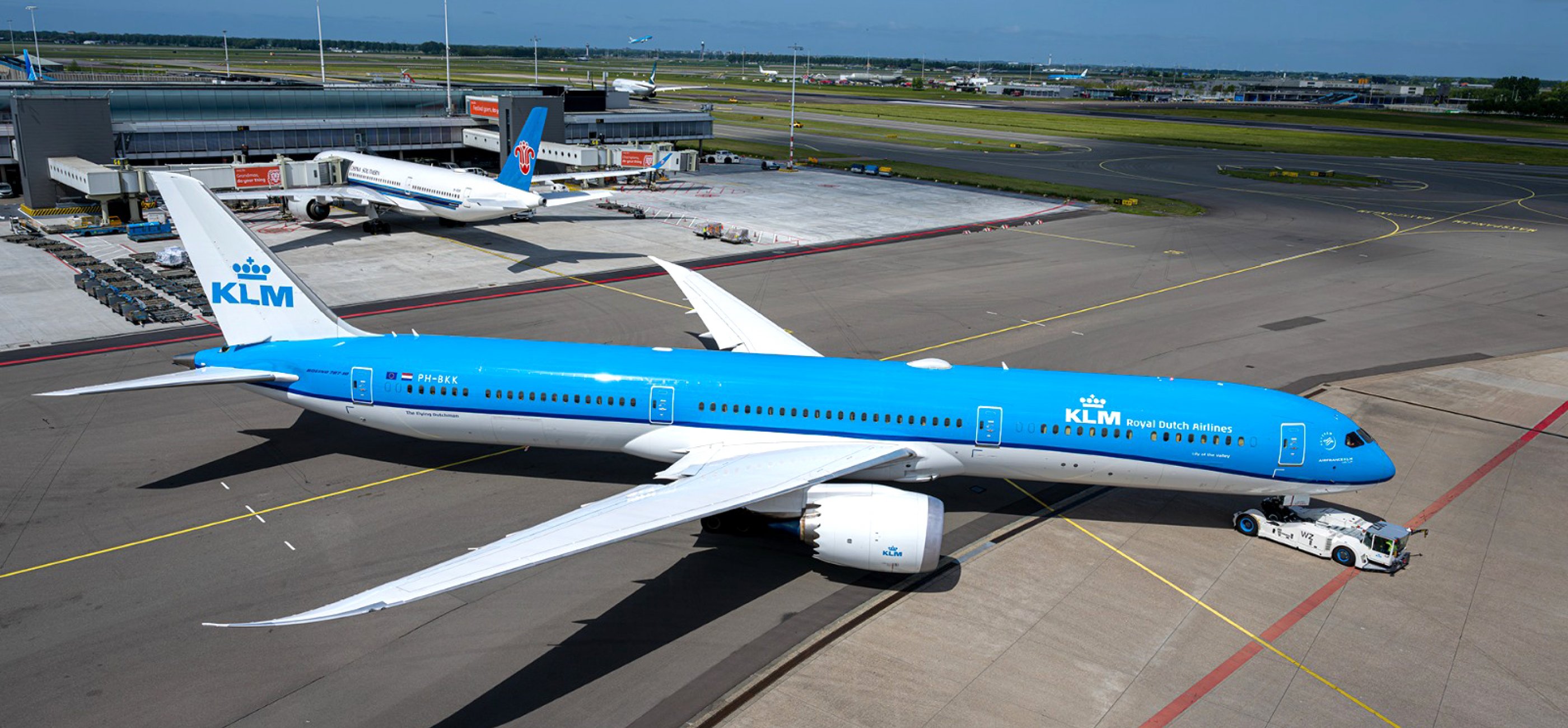
AETP: aircraft extended towing procedure with 787
Green taxiing with the new TLTV Charger 380 electro
Skyteam Sustainable Flight Challenge : KLM 787 extended towing on departure foreshadows the future of the Aircraft Extended Towing Procedure developed by Trepel in partnership with Ecotug.
Few weeks ago we were able to demonstrate the feasibility of an Aircraft Extended Towing on a flight from Amsterdam departing to Los Angeles. The TREPEL Charger380-E successfully brought a 787 full of passengers, cargo and fuel, from the terminal to a point close to the Runway, with aircraft engines OFF. This procedure allowed to save hundreds of kilograms of fuel and avoided emissions of CO2.
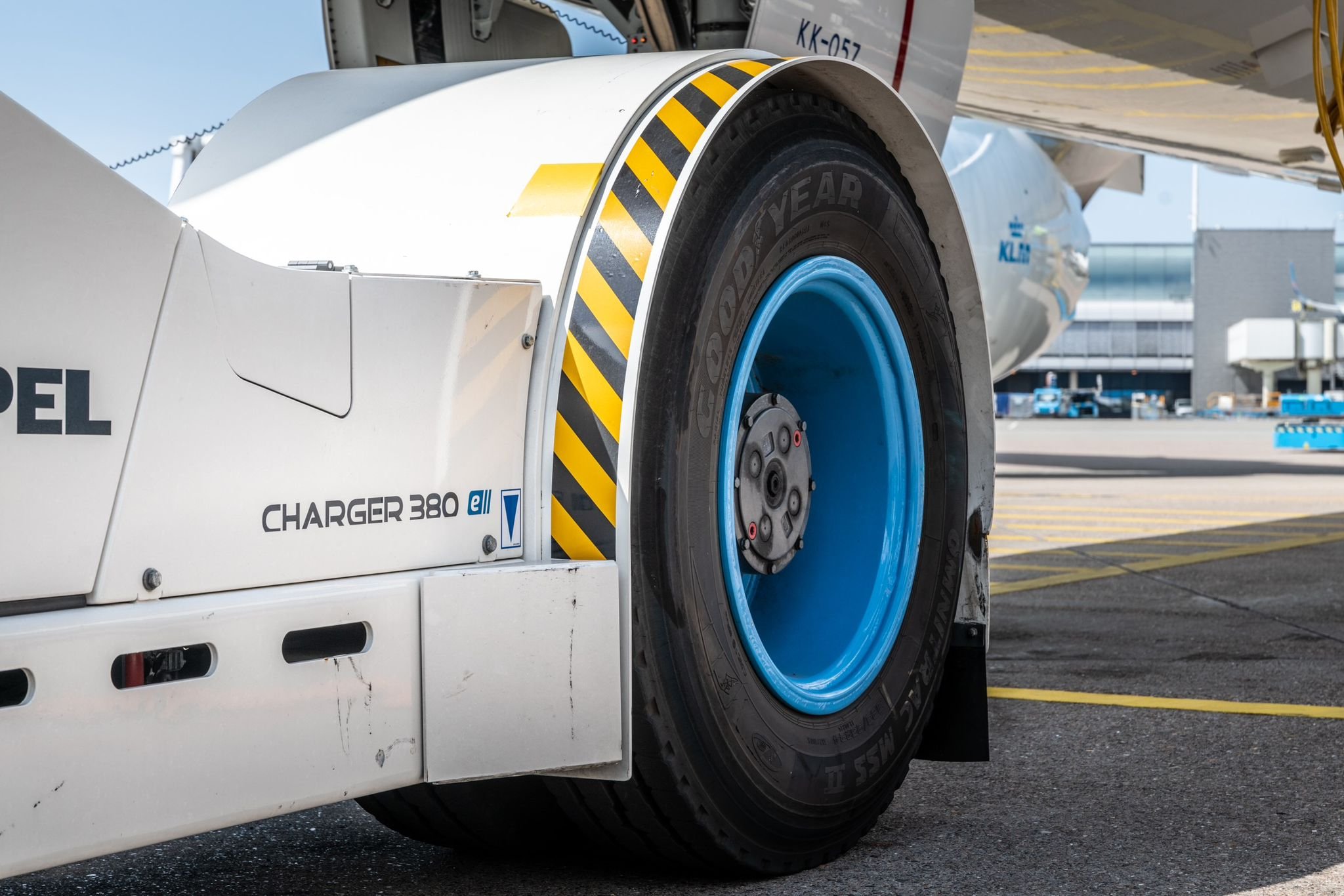
Step 1: Approach
The tractor is approaching the aircraft. Aircraft is full of passengers, cargo and fuel and ready to take-off.
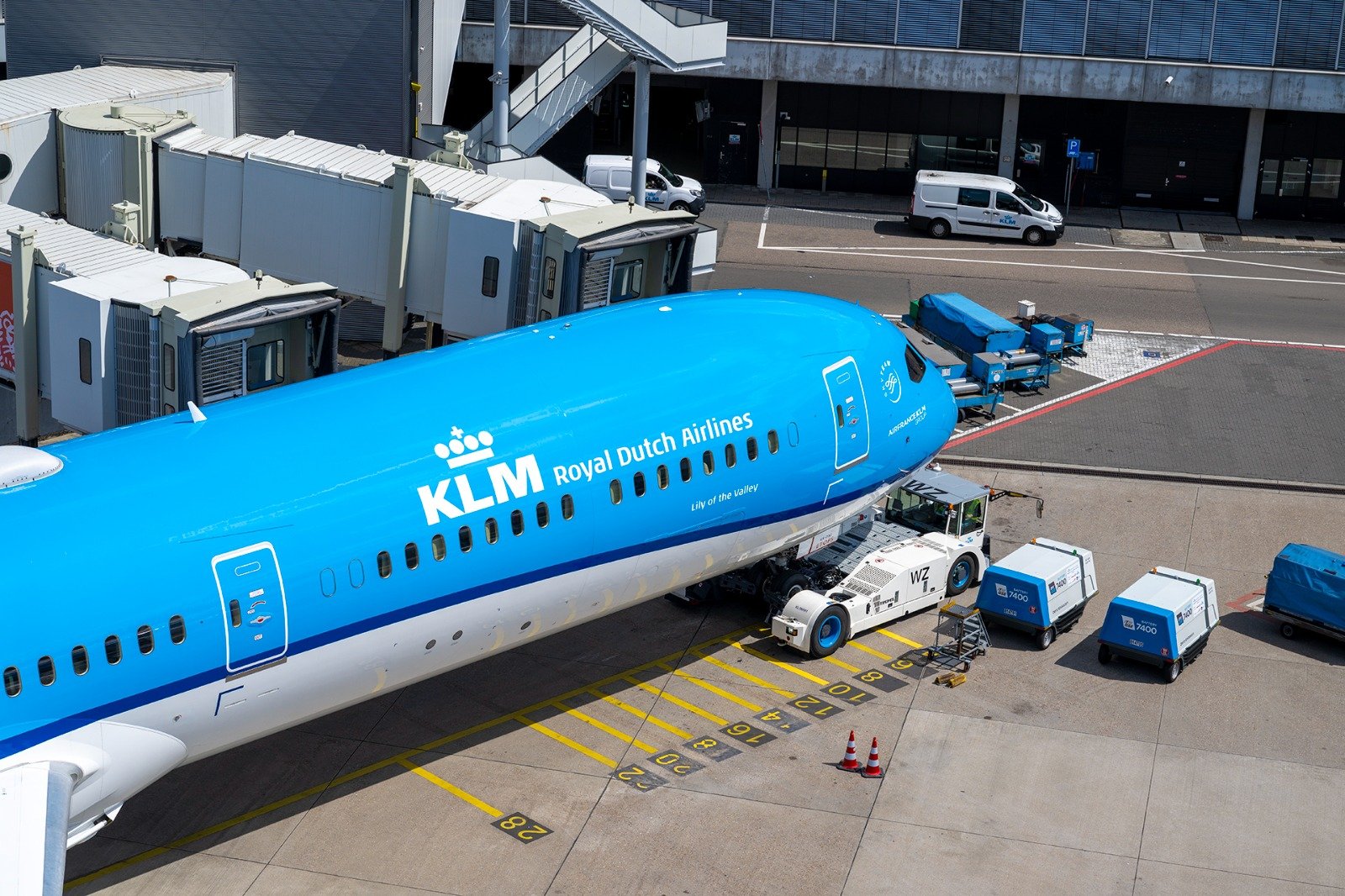
Step 2: Take the aircraft
The tractor is then clamping the wheels of the aircraft and lifting the aircraft in preparation for Pushback.
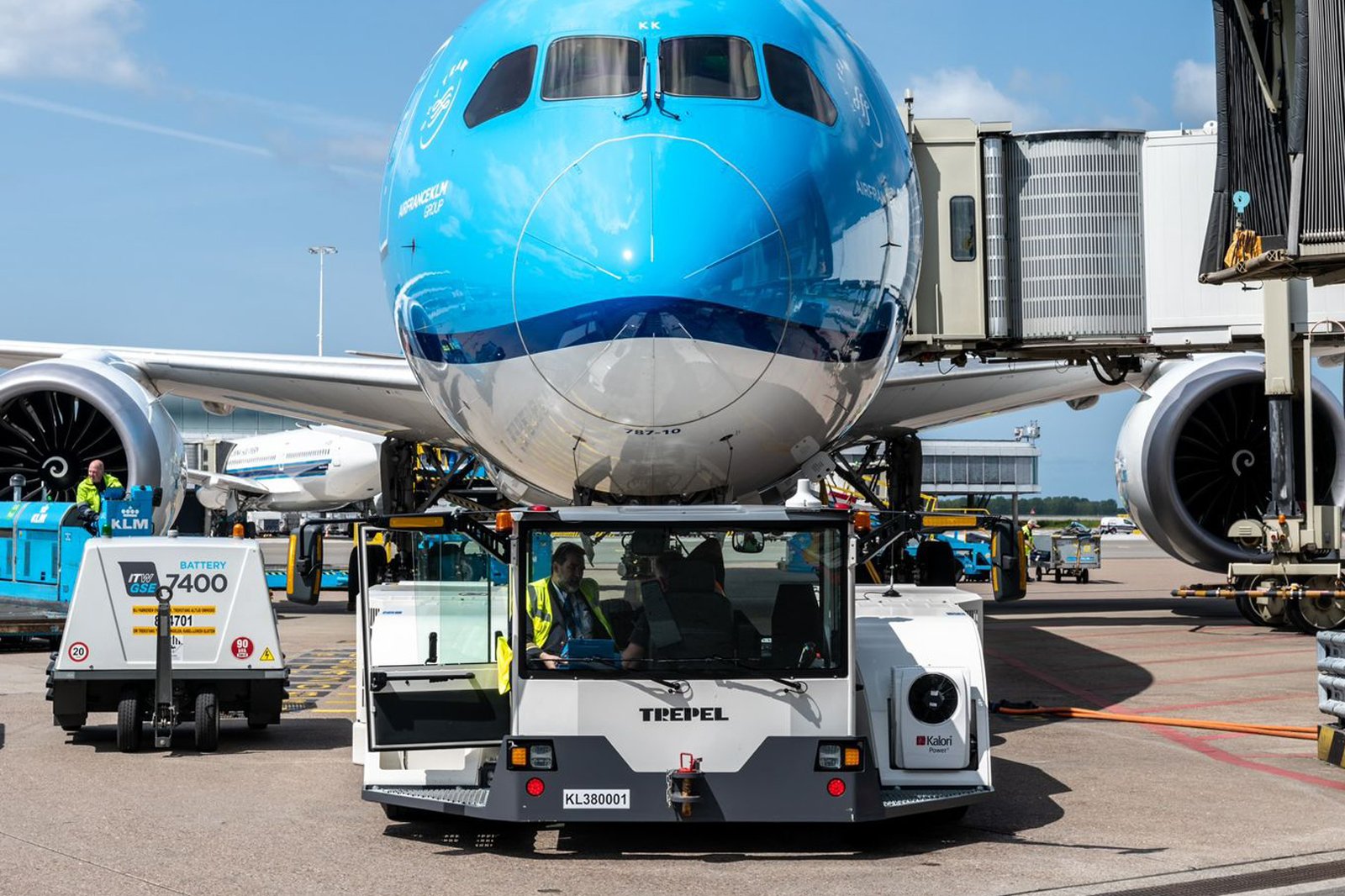
Step 3: Pushback
The tractor is pushing the aircraft away from the gate. Aircraft engines are still off at this stage.

Step 3: Pushback
The tractor brings the aircraft to the taxiway. The tractor will then start the taxiing operation up to the Runway. Aircraft engines are still off.
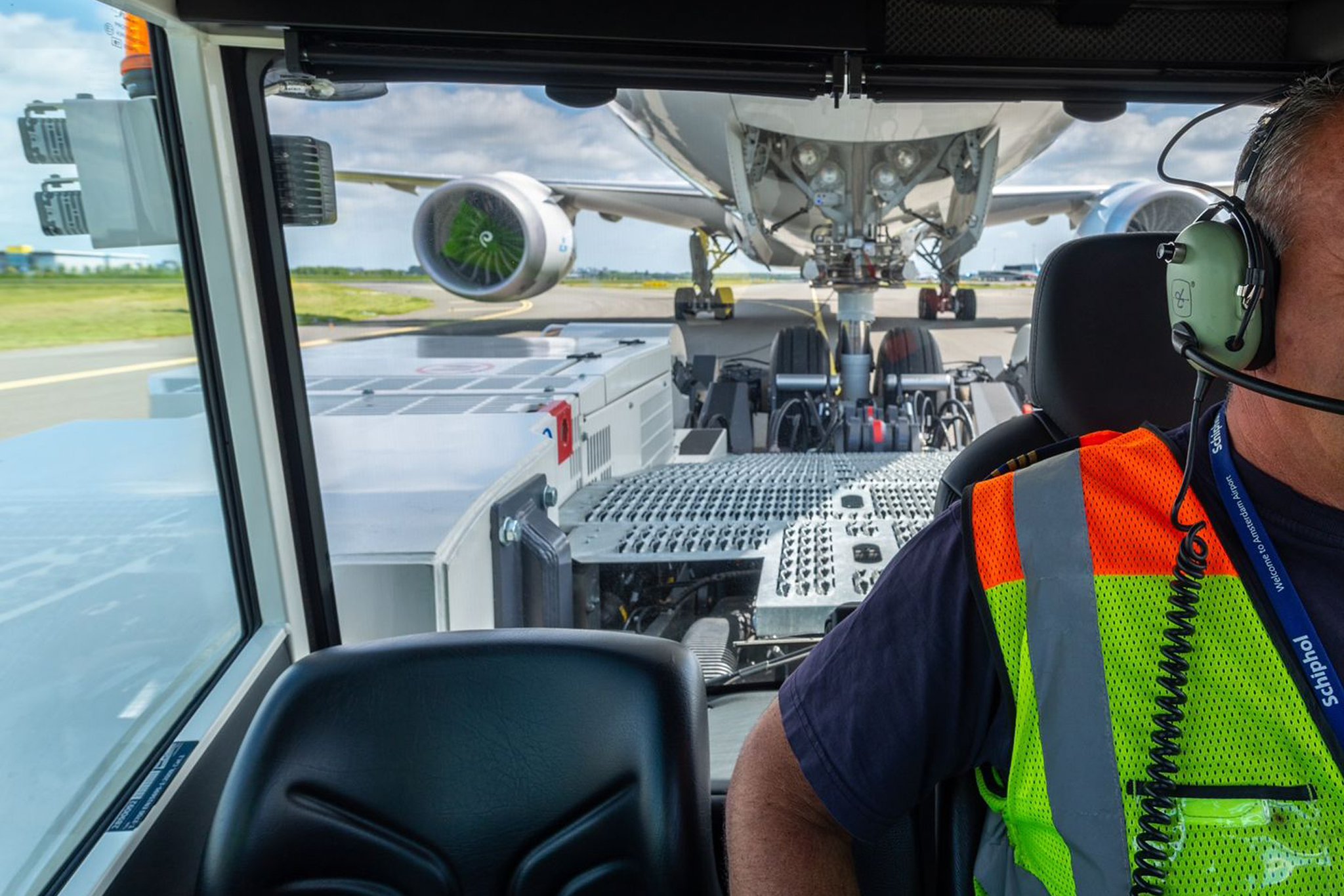
Step 4: Aircraft extended towing procedure (AETP)
The tractor is taxiing the aircraft. The part of the process is called Aircraft extended towing procedure (AETP). The tractor will tow the aircraft to the Runway sill. Aircraft engines are still off.
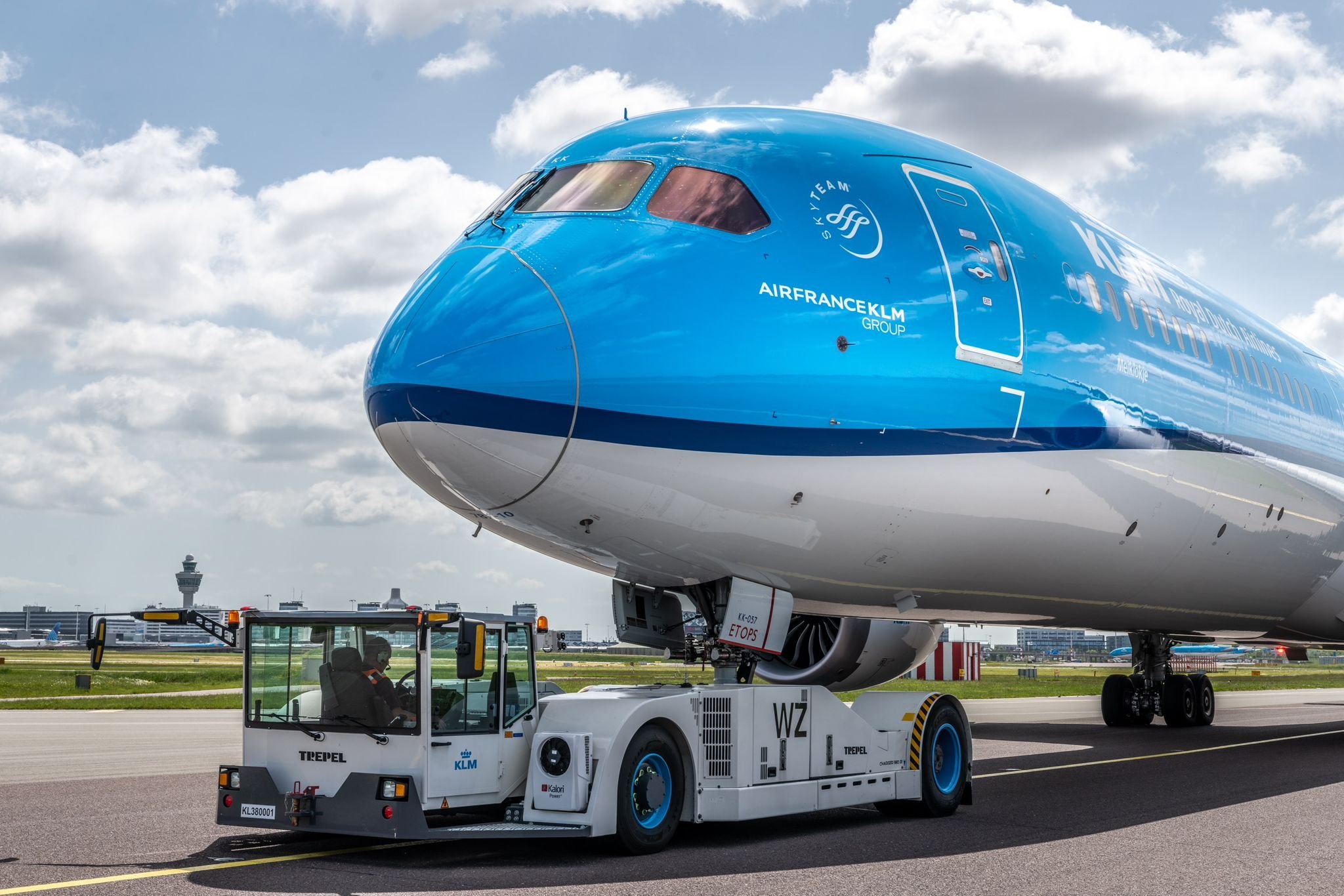
Step 5: Releasing the aircraft
Aircraft and tractor have reached the dropping point, close to the Runway. Tractor releases the aircraft.
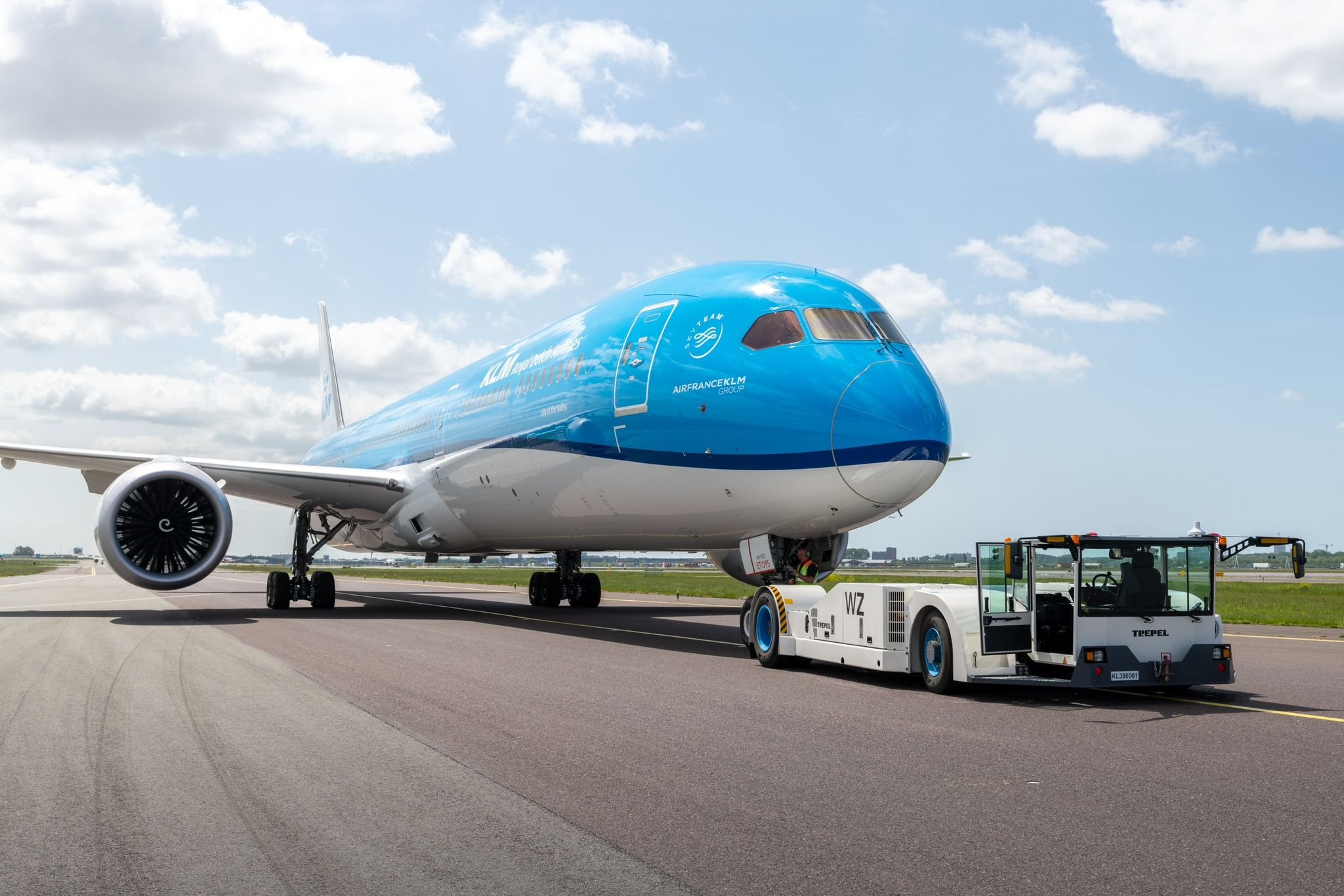
Step 6: Bypass pin removal
The bypass pin is removed from the aircraft whose engines were started a couple of minutes before reaching the release point. The aircraft is now ready to process to the runway. So far, we have saved up to 200 kg of A1 jet (and precious SAF) and avoided 600 kg of CO2 emissions per kilometer of taxiing.
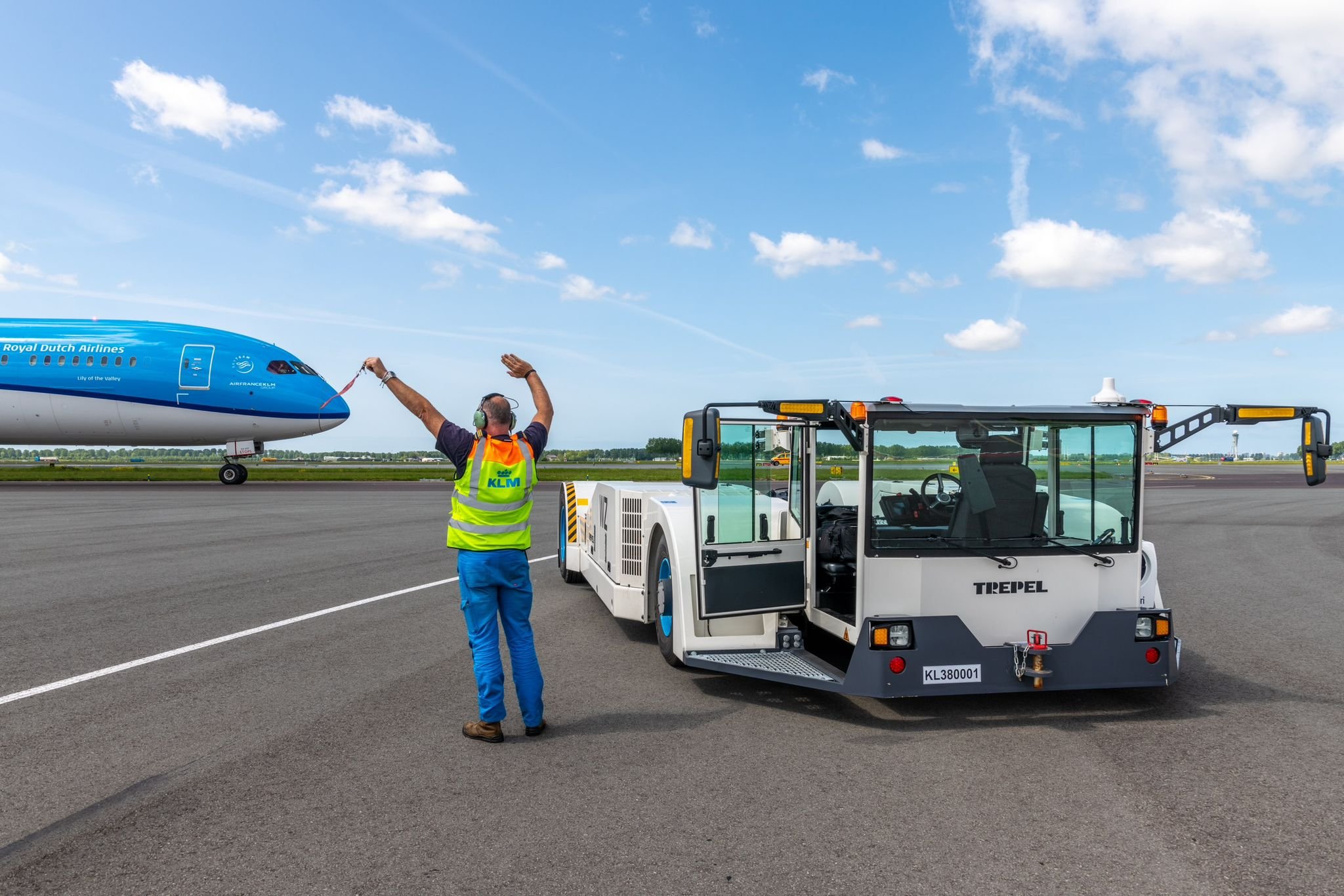
Step 6: Bypass pin removal
Aircraft has started ist engines and is now ready to drive onto the Runway and take-off.
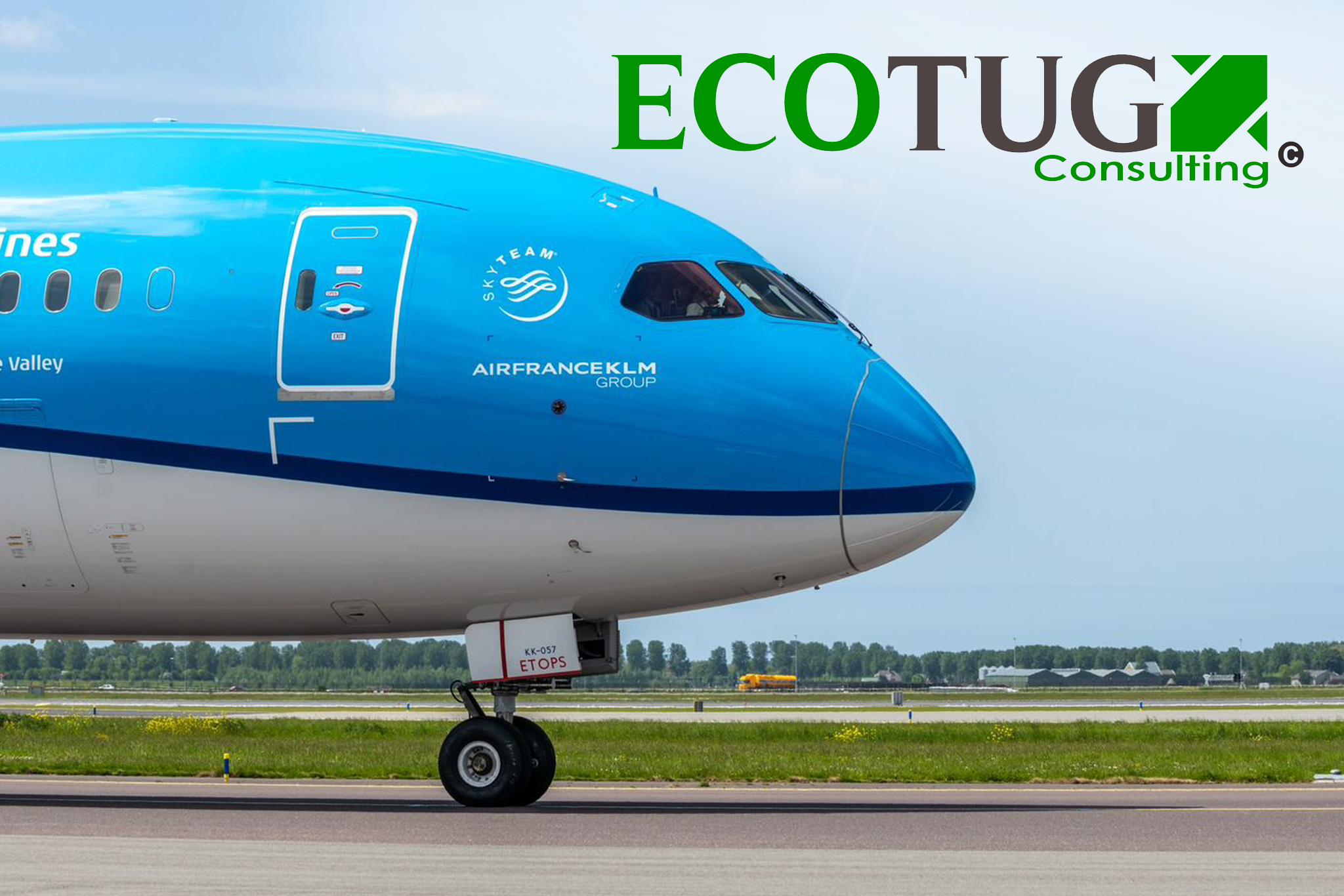
Step 7: Aircraft ready to take-off
Hundreds of kilograms of kerosene saved. No ECO2 emitted.
We can call this „green taxiing“
EcoTUG is a group of consultants that aims to develop and promote the Aircraft Extended Towing Procedure, a green taxiing solution using our TLTV Charger 380 towbarless tractor to replace engine on aircrafts while IN & OUT taxiing. Trepel and EcoTUG common goal is to perform a Proof Of Concept (POC) through a 2-weeks practical test in real conditions on a major airport. This in order to confirm all the advantages and drawbacks of this innovative procedure.
And a link to ECOTUG website: http://www.ecotug.eu/